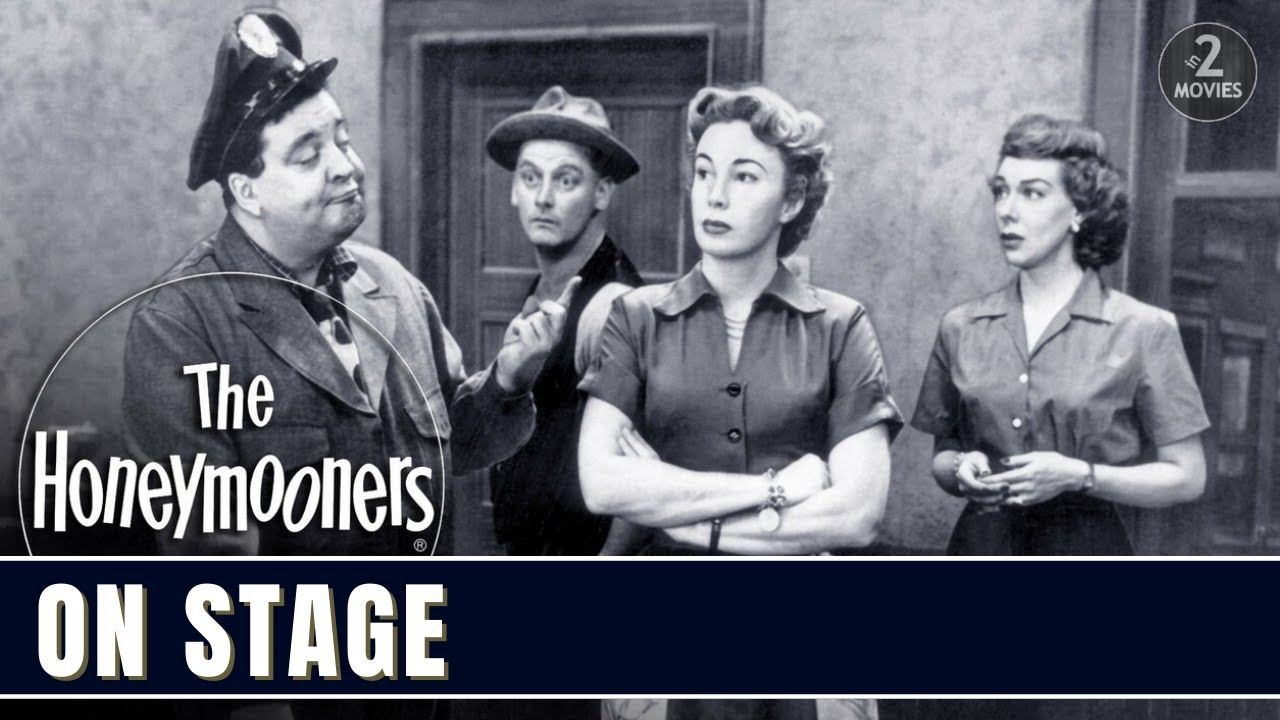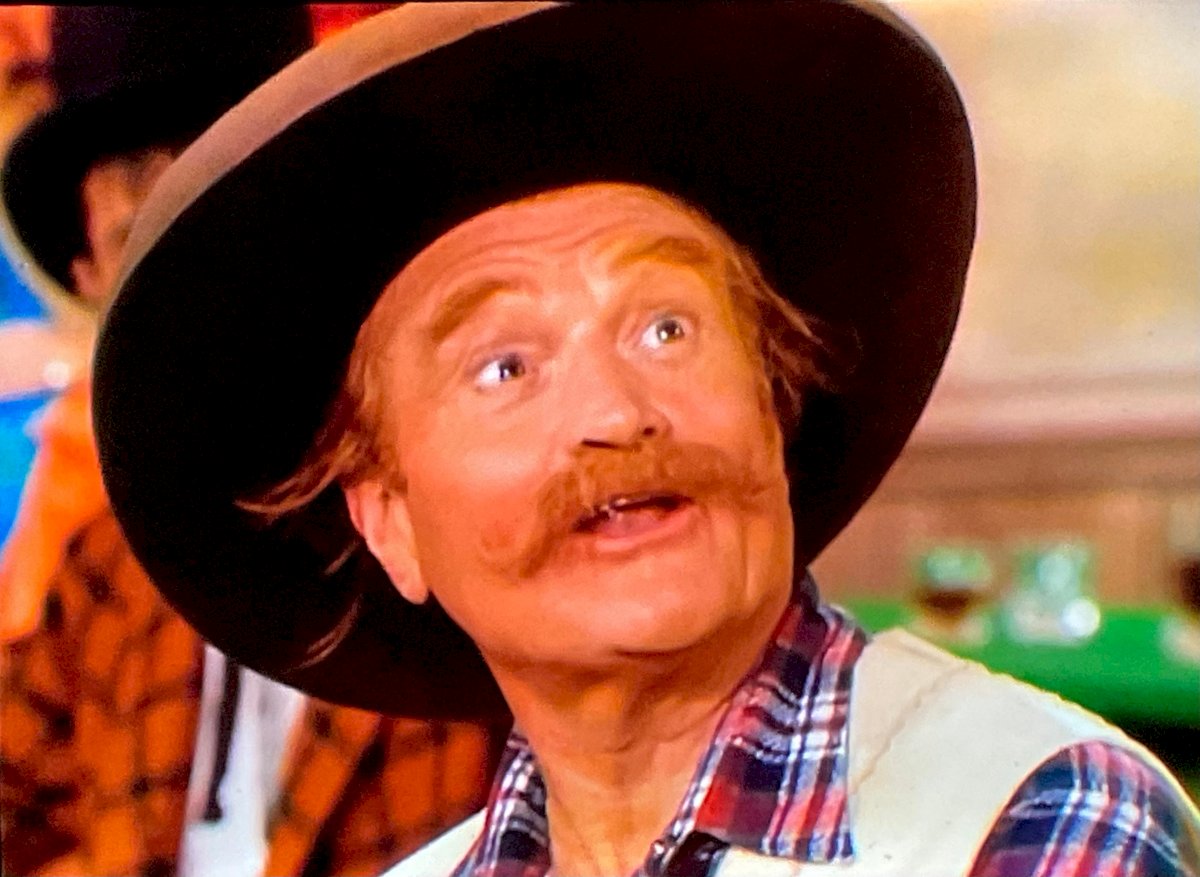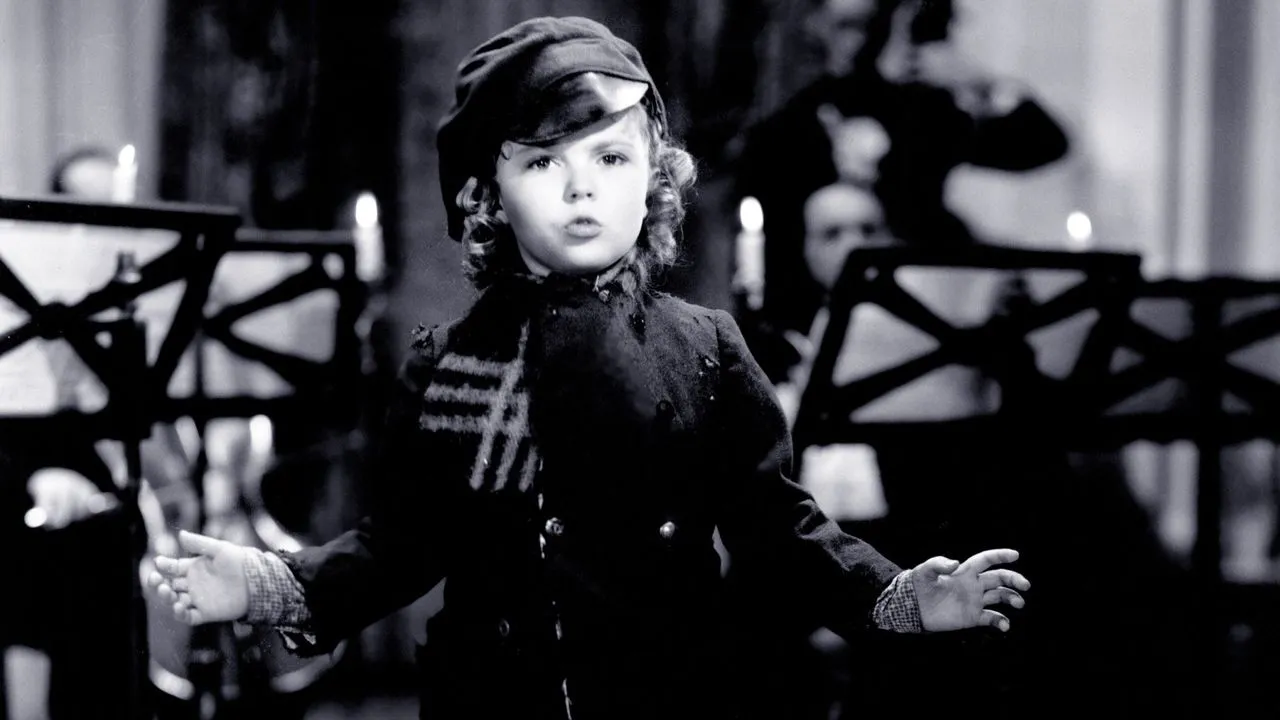In 1939, Pasadena, California, witnessed a historic moment. At the helm of the 50th annual Tournament of Roses Parade, a pint-sized celebrity, not a war hero or political figure, reigned supreme: Shirley Temple. At the tender age of ten, the "Little Darling" of Hollywood became the youngest Grand Marshal in the parade's history, a title she would hold for an unprecedented three times.

The Tournament of Roses Parade, a cherished Pasadena tradition since 1888, celebrates the beauty and bounty of California with vibrant flower floats and marching bands. Choosing Shirley Temple as Grand Marshal was a bold move, a testament to the immense popularity she enjoyed at the peak of her childhood stardom.
Temple, already a box office phenomenon with films like "Curly Top" and "Heidi" under her belt, had captivated audiences worldwide with her precocious talent, infectious charm, and signature ringlets. Her selection as Grand Marshal was more than just a publicity stunt; it was a reflection of the immense cultural influence she wielded.

The theme for the 1939 parade was "Golden Memories," a fitting tribute to the Pasadena tradition's half-century milestone. Temple, with her youthful innocence and already established film career, embodied the spirit of the theme perfectly.
Newspapers across the country buzzed with anticipation. An estimated crowd of over a million people, the largest in the parade's history, lined the streets of Pasadena to catch a glimpse of their beloved Shirley.
Photographs captured the momentous occasion: Temple, perched atop a spectacular float adorned with a profusion of gardenias, a radiant smile illuminating her face as she waved to the cheering crowds.

Temple's reign as Grand Marshal wasn't merely a ceremonial one. She actively participated in the festivities leading up to the parade. Newsreels documented her visit to local flower farms, where she learned about the meticulous process of cultivating the vibrant blooms that would adorn the parade floats.
These visits not only provided adorable visuals for the newsreels but also fostered a connection between Temple and the local community, further solidifying her role as the parade's "Golden Memory."
The impact of Temple's Grand Marshal appointment resonated beyond Pasadena. It symbolized the power of Hollywood in American culture during the pre-World War II era. At a time marked by economic hardship and growing anxieties on the world stage, Shirley Temple offered a beacon of joy and optimism.

Furthermore, her selection as Grand Marshal transcended traditional gender roles. While young boys often served as drum majors in parades, the choice of a young girl as the central figure of such a prestigious event challenged established conventions. Shirley Temple, in her own way, became a symbol of youthful empowerment.
The legacy of Shirley Temple's 1939 Grand Marshal appointment is multifaceted. It stands as a testament to the immense popularity of child stars during Hollywood's Golden Age.
It also highlights the power of tradition and how a local celebration like the Tournament of Roses Parade could capture the national imagination thanks to a well-chosen Grand Marshal.

Most importantly, it reminds us of the enduring power of Shirley Temple's charm and talent. Even decades later, her image as the jubilant "Little Darling" atop the flower-laden float remains a cherished memory, a reminder of a simpler time when a young girl could lead a parade and, for a day at least, hold the hearts of millions in her hand.



